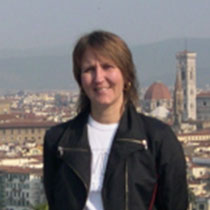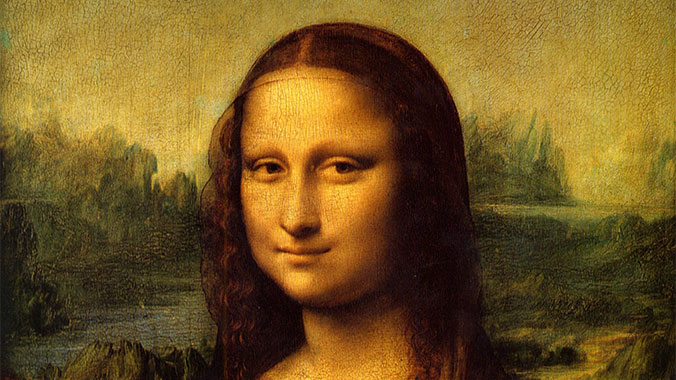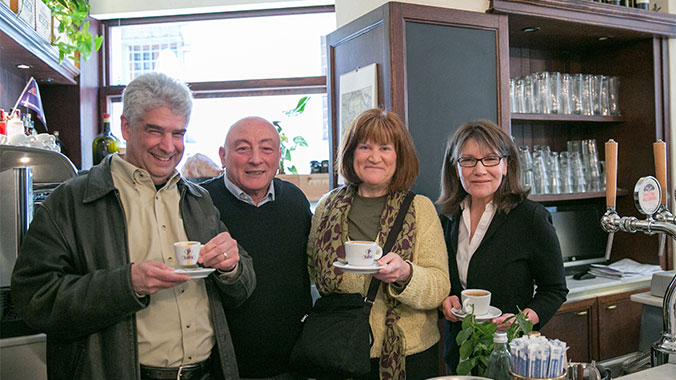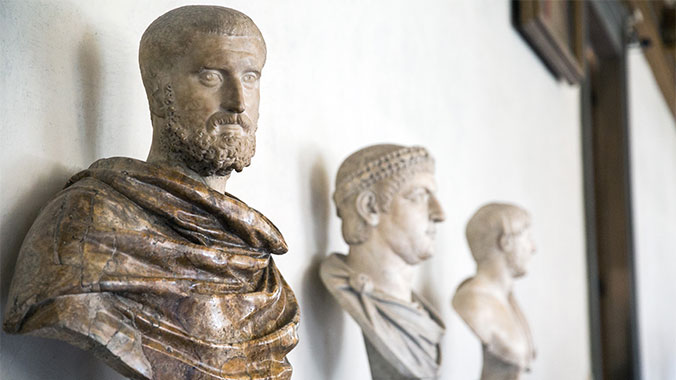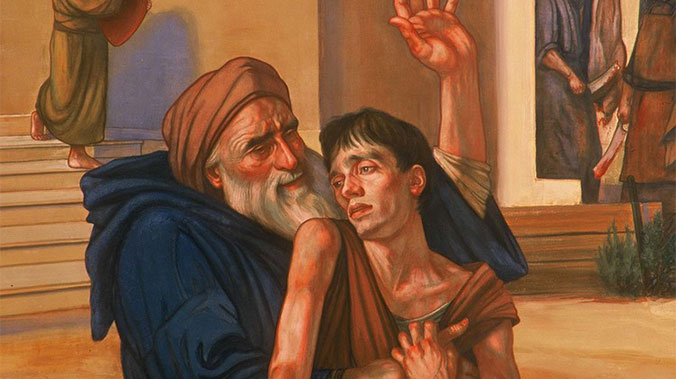Plane
Arrival day is on Sunday, May 31, 2026.
Meet the group at Assembly Inn in Montreat, NC
Start of Trip: 3:00-5:30 p.m. check-in & 4 p.m. - 5:30 Program Registration; 5:30-6:30 p.m. Welcome Dinner; 7:00 p.m. Orientation.
Your trip ends on: Friday, June 5, 2026 in Montreat, NC at Assembly Inn
End of Trip: Class ends 10:15 am; 11:00 a.m. check-out.
Ground Transportation Options
Program Arrival Airport
Asheville Regional Airport - AVL
The estimated travel time to the check-in location is
45 minutes
.
The estimated distance to the check-in location is
35 miles
.
various
Taxi
Cost: contact vendors for current rates. Prices subject to change.
*Advanced reservations are required.
Lyft and Uber rides are available from the Asheville airport. Download the app and make your reservations. It is usually easy to obtain a Lyft or Uber ride on the weekend; it is not as easy for your return on Friday. Be sure to book your ride early.
If Lyft or Uber are not familiar and easy for you, the Montreat Road Scholar coordinator recommends Marvels Transportation. You must identify yourself as a Road Scholar coming to a program at Montreat for special rates. Make reservations by emailing mr.marvels@yahoo.com or by calling 828-280-1698
Other choices:
Shuttle Bee at 828-845-2144
Steven's Transportation...send an email with your flight number and scheduled arrival time to Steve Cottle at scottle308@hotmail.com. A credit card is required to confirm your reservation.
More options are available. Visit https://flyavl.com/GTproviders for information. Rates vary by provider.
Program Arrival Airport
Charlotte Douglas International Airport - CLT
The estimated travel time to the check-in location is
2 hours
.
The estimated distance to the check-in location is
111 miles
.
Enterprise Rent a Car
Car Rentals
Phone: 7043598884
Cost: Please call transfer service directly for rates. Prices subject to change.
*Advanced reservations are required.
address: 5489 R C Josh Birmingham Pkwy, Charlotte, NC, US, 28214, | +1 704-359-8884
(note...all major car rental companies have a kiosk in the Charlotte airport)
Program Arrival Airport
Greenville–Spartanburg International Airport - GSP
The estimated travel time to the check-in location is
1.5 hours
.
The estimated distance to the check-in location is
95 miles
.
Enterprise Rent a Car
Car Rentals
Phone: 8646555250
Cost: Please call transfer service directly for rates. Prices subject to change.
*Advanced reservations are required.
Address is 500 Aviation Pkwy Ste 15, Greer, SC, US, 29651, | +1 864-655-5250
(Note: all major car rental agencies are available at this airport)
Program Arrival Airport
McGhee Tyson Airport (TYS)
The estimated travel time to the check-in location is
2.5-3 hours
.
The estimated distance to the check-in location is
140 miles
.
Enterprise Rent-a-Car
Car Rentals
Phone: 8653421650
Cost: Please call transfer service directly for rates. Prices subject to change.
*Advanced reservations are required.
